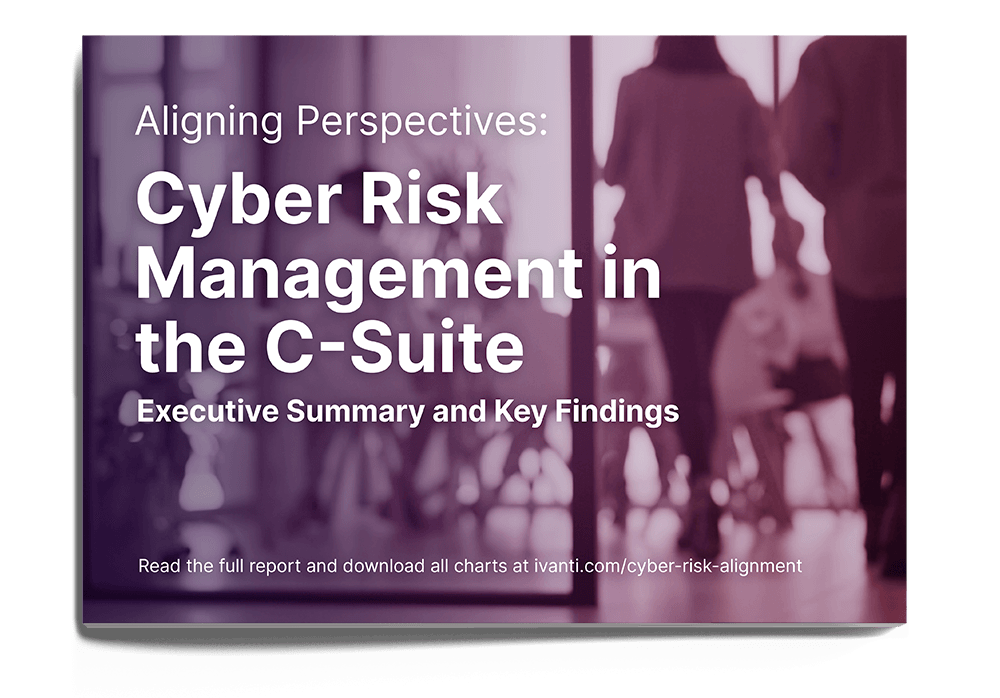Aligning Perspectives: Cyber Risk Management in the C‑Suite
Ivanti’s State of Cybersecurity Research Report Series
As cyberattacks grow more sophisticated — exposing organizations to financial, operational and reputational risk — CISOs must transition from tactical defensive players to strategic leaders.



